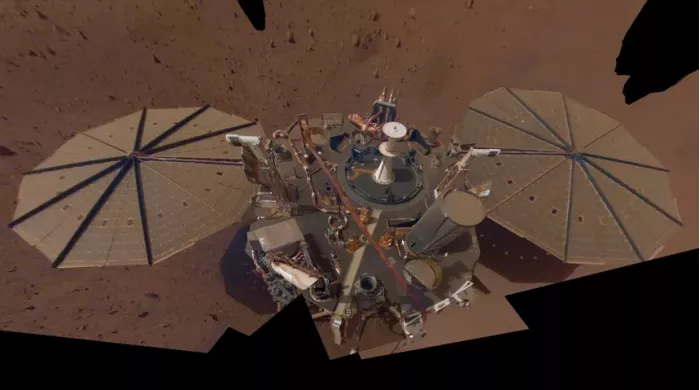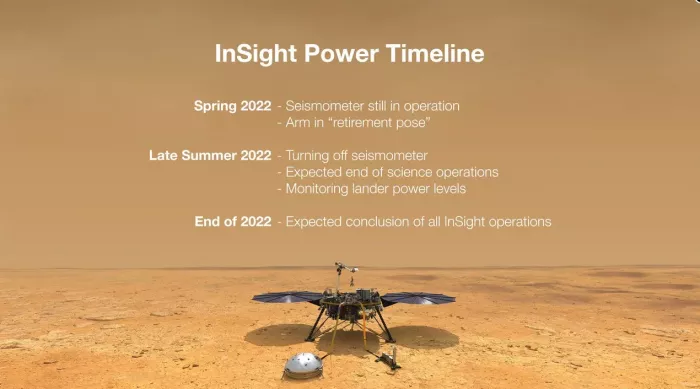NASA's insight lander has recorded Mars earthquakes and exceeded its main mission. The successful machine is now entering its final days as dust continues to cover its solar panels. On Tuesday, NASA set an expected timetable for the end of insight**

In a conference call, Bruce banerdt, the principal investigator of insight, said that the lander "will soon reach the end of its scientific life". The dust coated solar panels force the lander to operate with an extremely limited power supply.
The team is giving priority to supplying power to the seismograph, which recorded a magnitude 5 "monster earthquake" in early May. NASA hopes the seismograph will continue to operate until the spring of 2022. Due to current power constraints, it may be shut down sometime in July because insight has reached the end of its scientific mission. NASA expects to end all insight operations by the end of 2022.

Insight will arrive on Mars at the end of 2018. When not covered with dust, these solar panels generate enough electricity to run an electric oven for 1 hour and 40 minutes every Martian day. Now, this has dropped to about 10 minutes. NASA had hoped for a "dust devil" to clean up the dust on the lander's solar panels to help improve its power, but that didn't happen. Unpredictable weather on Mars may change the schedule.
Insight will spend some time cramming its movable arm into a "retirement position" so that its camera can see the seismograph. Once the seismograph is turned off, insight will occasionally take photos and communicate with the earth until the power is too low to continue.
Although the end of the mission may be a sad moment, banerdt said "there is not much pessimism in the team" because insight still has a lot of work to do. The recent Mars earthquake - the largest earthquake detected on another planet - shows that the lander is still capable of providing important data, even if its mission is coming to an end.
Insight's successful mission helped scientists map the interior of the planet for the first time. Lori glaze, director of NASA's planetary science department, said: "it gives us a view of Mars. We can't get it from any other spacecraft in NASA's Mars fleet."